To improve the efficiency of land use for perennial fruit trees, many households in localities have intercropped short-term crops such as vegetables, corn, cassava, etc. Not only does short-term use increase long-term income, intercropping also creates conditions for plants to have a symbiotic relationship and develop together, improving the diversity of the ecological environment.
 Fruit tree farm in Yen Tam commune (Yen Dinh).
Fruit tree farm in Yen Tam commune (Yen Dinh).
Implementing the conversion of crop structure, Mr. Tran Xuan Nhac in Hoa Quy commune (Nhu Xuan) converted 4 hectares of acacia and rubber hills to grow fruit trees such as oranges, grapefruits... However, these are fruit trees with a long harvest time, so to reduce the pressure on production costs, he intercropped annual crops such as cassava, leafy vegetables... to "take the short term to support the long term".
Mr. Nhac said: "Although it is only a supplementary income, I have spent time researching the subjects, intercropping ratios as well as appropriate planting and care techniques. In addition, I have divided the area to cultivate many types of crops, especially seasonal vegetables that are easy to grow, suitable for soil and climate conditions; do not require much care, and have a quick crop rotation. In addition, growing vegetables in fruit gardens also has the benefit of fruit trees benefiting from irrigation water, excess fertilizer from vegetable plants, and by-products from vegetables are treated and buried in the ground as fertilizer for fruit trees, making the soil loose, limiting weeds, increasing humidity, and cooling the roots.
Realizing that grapefruit is a fruit tree with a long growth cycle of 4 to 5 years, not yielding immediate harvest, and the investment capital is quite large, Mr. Phan Van Giang in Yen Tam commune (Yen Dinh) chose pineapple to intercrop with grapefruit. Explaining this choice, he said: Pineapple is a tree that only needs to be planted once to yield 2 to 3 consecutive harvests, is easy to sell, and is suitable for the land and natural conditions in the locality. When planting, it is necessary to pay attention to the density of intercropping pineapple in the garden, about 3 to 3.5m from the grapefruit tree to avoid competing for light with grapefruit trees. In addition, growers need to improve the soil, divide the beds appropriately, and pay attention to pruning diseased fruit trees, cleaning and disinfecting the garden to create ventilation to help the pineapple production area grow and develop well, limiting harmful pests and diseases. Intercropping fruit trees with pineapple can significantly reduce the amount of fertilizer, limit weed growth, prevent soil erosion, and retain the amount of fertilizer in the soil...
Currently, the method of intercropping short-term crops in fruit orchards is no longer strange to people, especially in localities with large fruit growing areas such as Thach Thanh, Tho Xuan, Nhu Xuan... Although the model is not new, this form of short-term support for long-term has taken advantage of vacant land to create stable income during the time when fruit trees have not yet been harvested. Intercropping also creates some soil improvement effects such as helping to cover the ground during the time when fruit trees are in the growth stage, helping to prevent erosion, kill weeds, contributing to soil improvement, increasing nitrogen sources in the soil; helping to better manage harmful diseases, helping people boldly implement crop restructuring.
However, for intercropping to be effective, people should pay attention to the distance between plants, creating conditions for the plants to grow in the best way. In addition, pay attention to the soil and characteristics of each type of fruit tree to choose intercropping plants suitable for the main crop, especially plants intercropped with the main tree that do not have the same type of dangerous pests and diseases, because the disease of one tree will spread to other trees and harm each other...
Article and photos: Le Ngoc
Source



![[Photo] Overcoming all difficulties, speeding up construction progress of Hoa Binh Hydropower Plant Expansion Project](https://vstatic.vietnam.vn/vietnam/resource/IMAGE/2025/4/12/bff04b551e98484c84d74c8faa3526e0)
![[Photo] Closing of the 11th Conference of the 13th Central Committee of the Communist Party of Vietnam](https://vstatic.vietnam.vn/vietnam/resource/IMAGE/2025/4/12/114b57fe6e9b4814a5ddfacf6dfe5b7f)



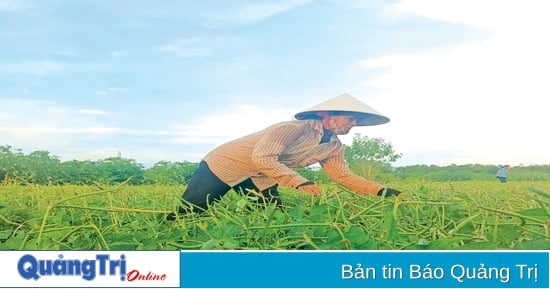

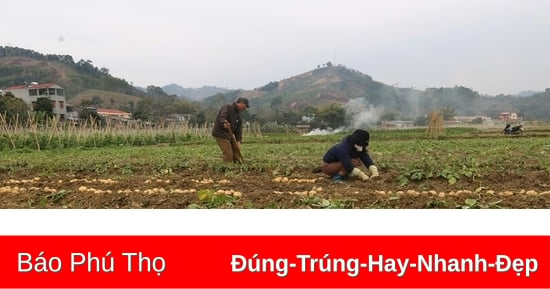
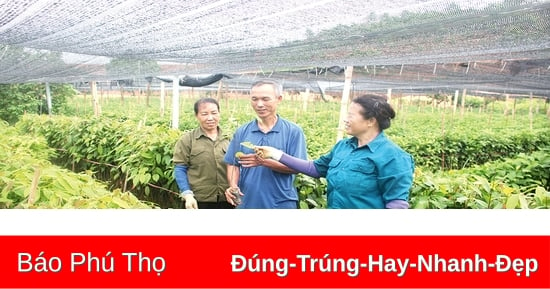


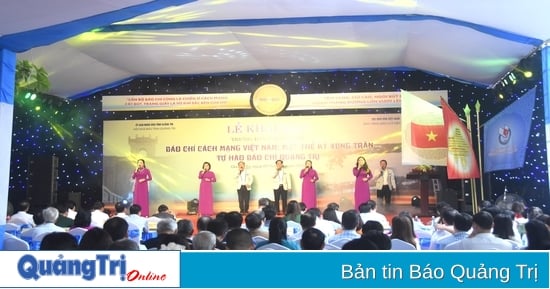
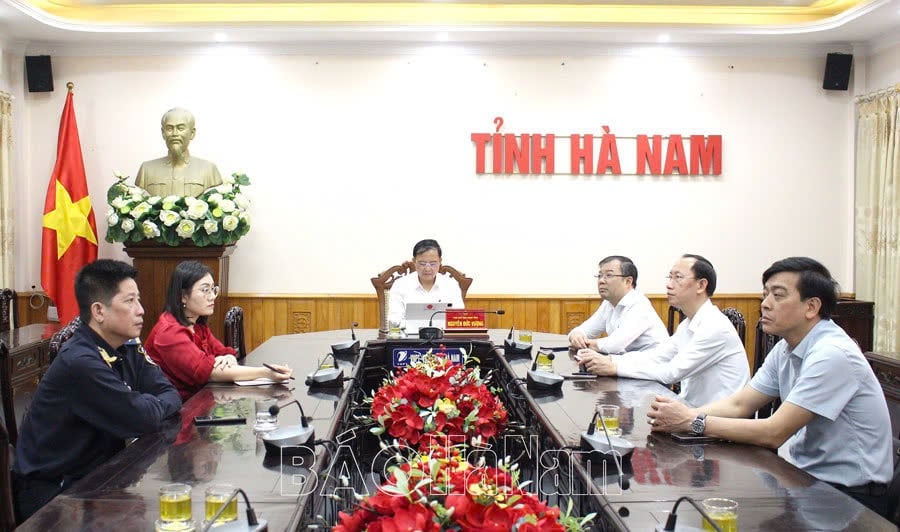

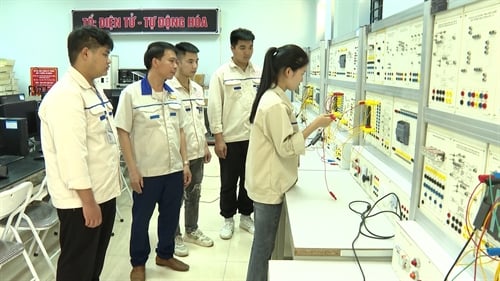
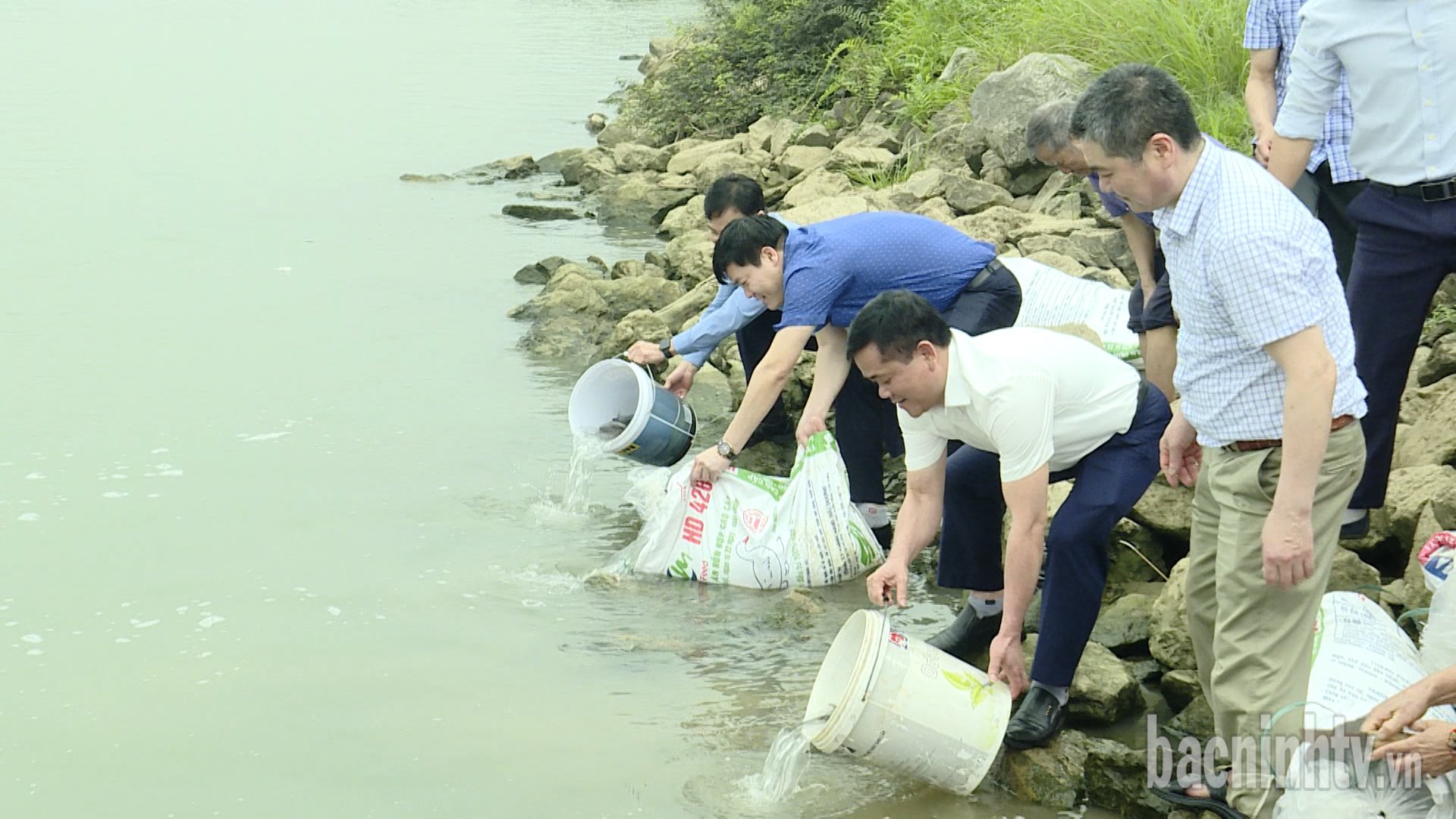
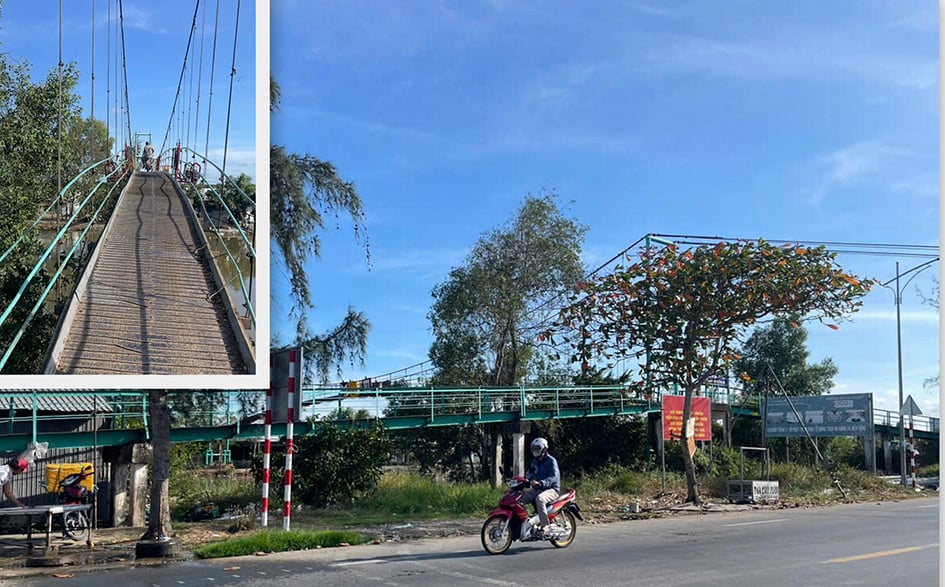
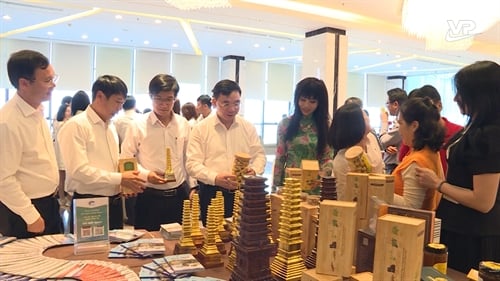
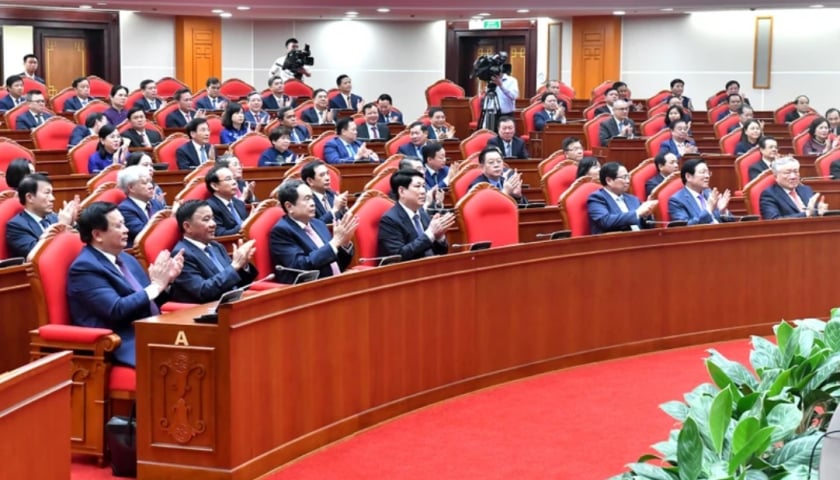
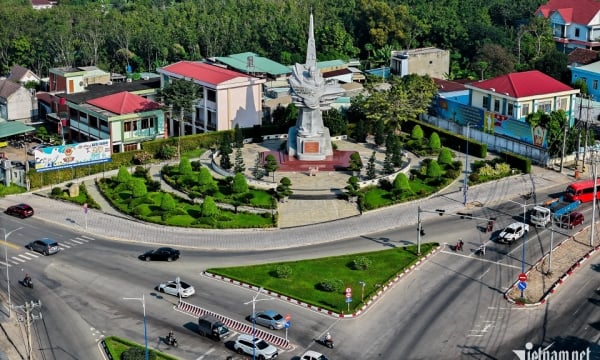





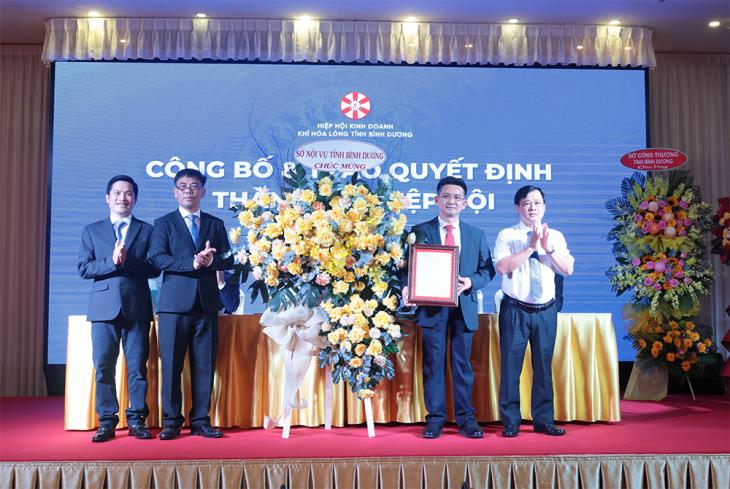
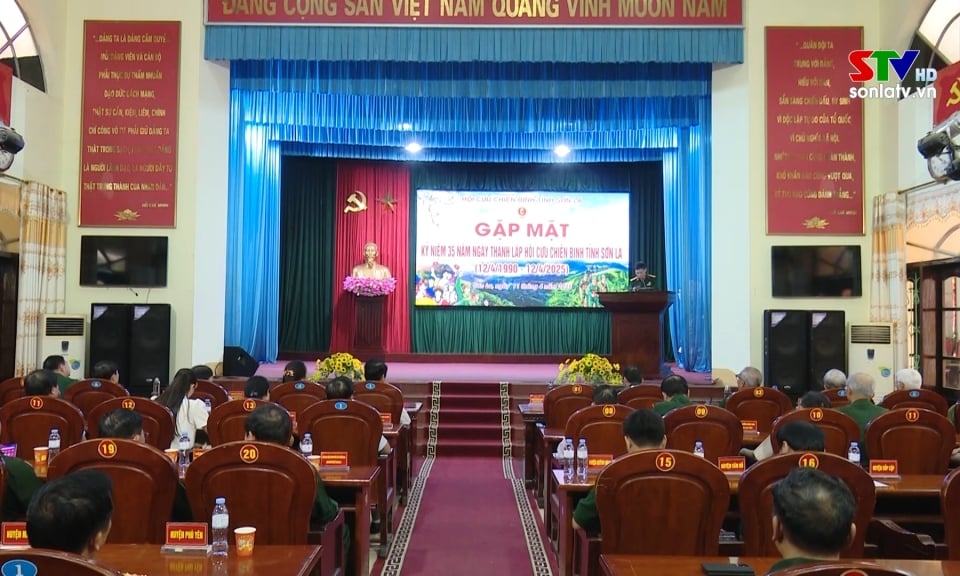















































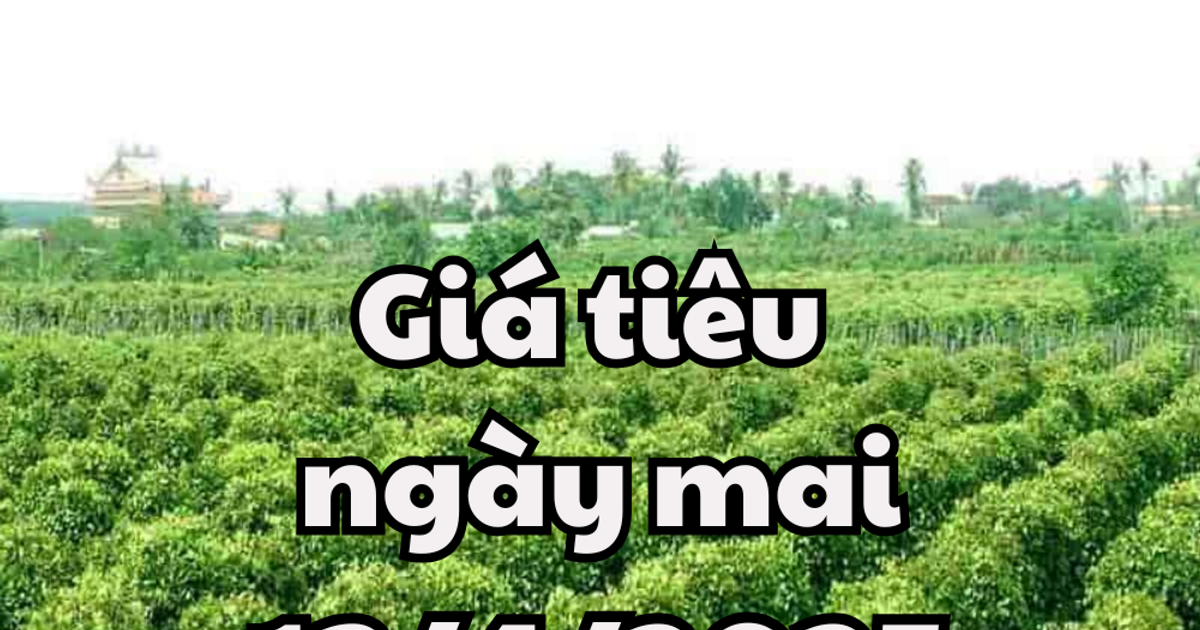







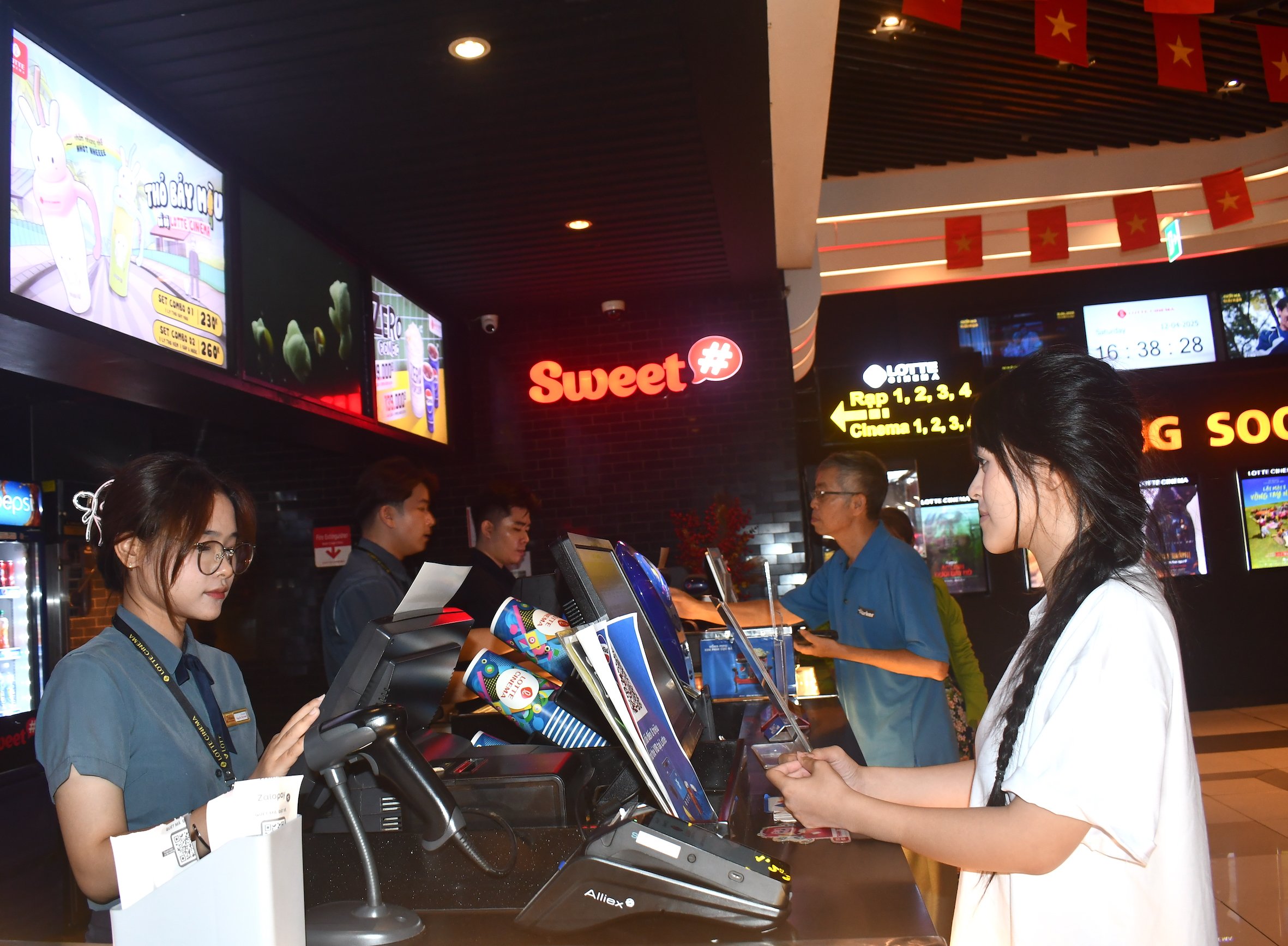












Comment (0)